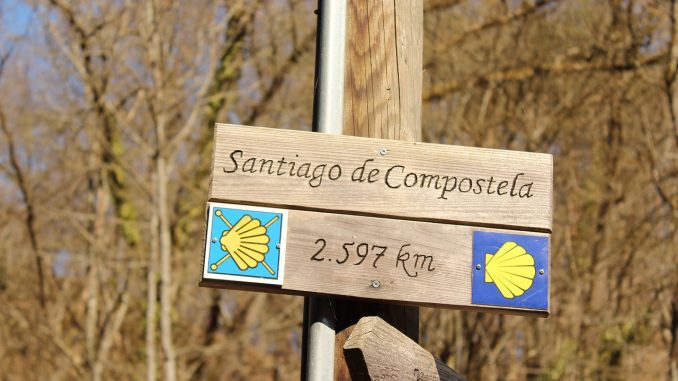Camino de Santiago 🚶
What is the Pilgrim’s Way to Santiago
Who has never heard of Camino de Santiago (the Pilgrim’s Way to Santiago)? When talking about pilgrimages, road trips, routes and religious tourism, one always ends up mentioning this special experience. But, in detail, what is the Camino de Santiago? Many mention it, many are fascinated by it, few, before setting off or deciding to do it, know precisely what it is. Let us find out together!
What is the Pilgrim’s Way to Santiago?
The Camino de Santiago is one of the most important pilgrimage routes in the world. Millions of people have walked its roads over the centuries, driven first by religious purposes and then by different needs. Today, it is no longer an experience linked only to the concept of Christianity. A great many people (300,000 a year) choose to live this adventure to face a personal challenge, meet different people from many countries, be in contact with nature and discover beautiful places.
The origins
The origins of the Pilgrim’s Way to Santiago de Compostela have their roots in the Middle Ages and are linked to the figure of James the Greater, the apostle of Jesus. In fact, his tomb was found where the city stands today in the 9th century and, in honour of the apostle, it was once built by Alfonso II the Chaste, King of Asturias. From the contraction of the name ‘St James’, the city that developed there takes its name: Santiago. Following the discovery of the tomb, pilgrimages spread, which were undertaken by people after having dispossessed themselves of all their possessions. Over the years, the Pilgrim’s Way to Santiago has taken on different nuances, becoming a worldwide and intercultural phenomenon.
The itineraries
The Pilgrim’s Way to Santiago is about 800 km long and takes about a month, which, however, varies depending on totally subjective factors such as age and physical fitness. In reality, however, there are several itineraries, even almost 60 different routes, with different stages. The most popular is the French Way, which starts in the Pyrenees and then proceeds along two routes (Roncesvalles in or Somport) that rejoin at Puente la Reina; from there, it proceeds through the territories of La Rioja, Castile and León. Among the most popular itineraries, we cannot fail to mention the Camino del Norte (which starts in Irun and continues along the Atlantic coast before entering Galicia), the Portuguese Way (which starts in Ponte de Lima, Portugal, and crosses the whole country before arriving in Spain) and the Via de la Palta (which starts in Seville and goes up Spain). Each route will allow you to discover wonderful places and to choose to admire the territories most in line with your being.
Articles & projects about Camino de Santiago












